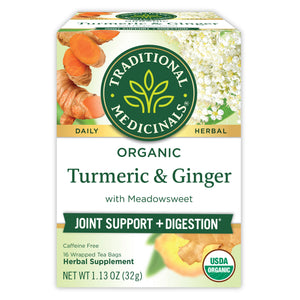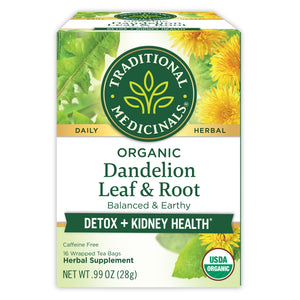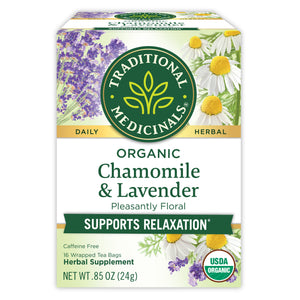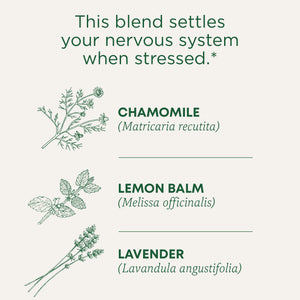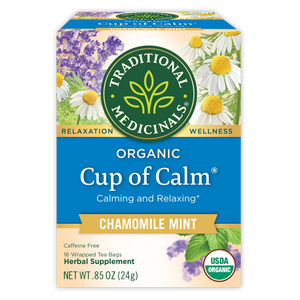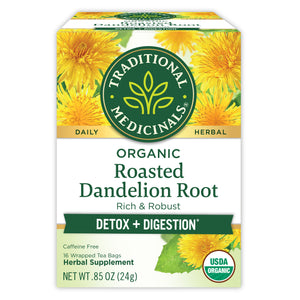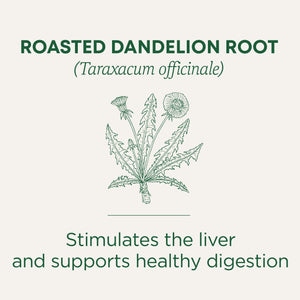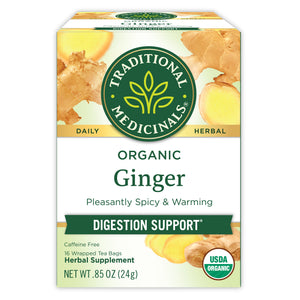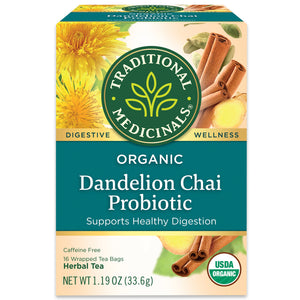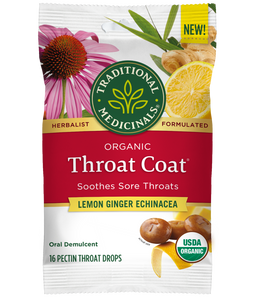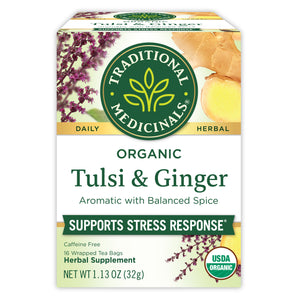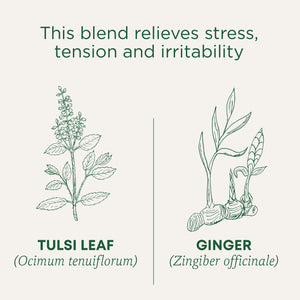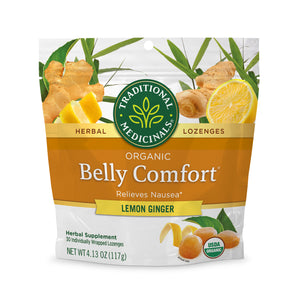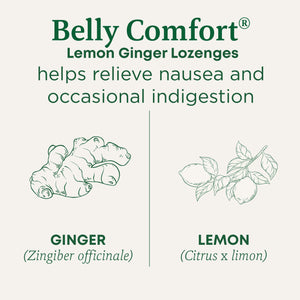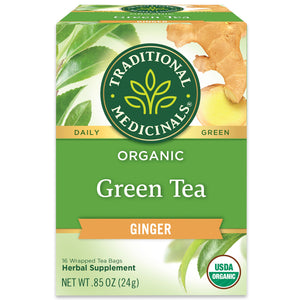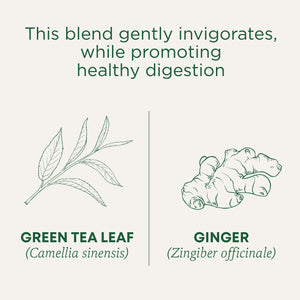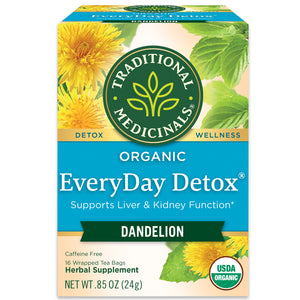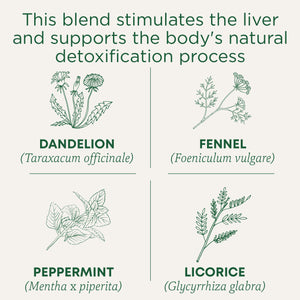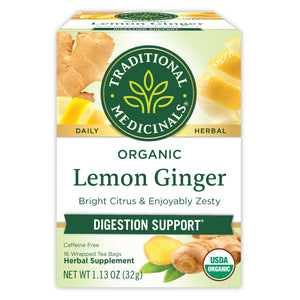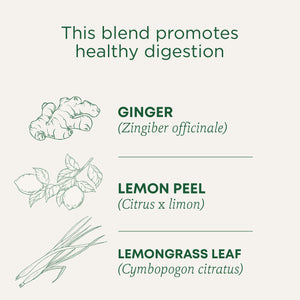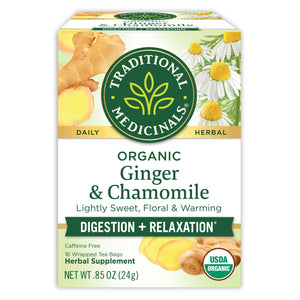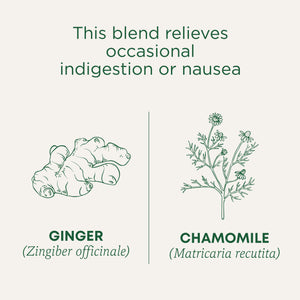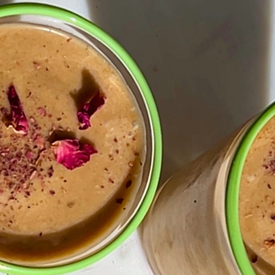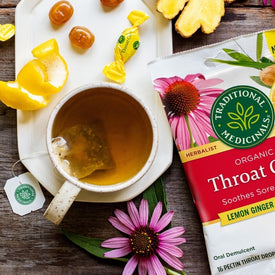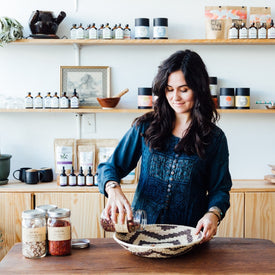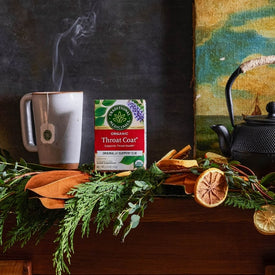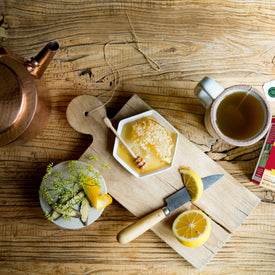As herbalists, we are naturally intrigued by all plants – for their historical use as traditional medicine, but also for art and creativity. We mark the passage of time with the growing and blooming of the plants we love, and with spring in our midst we feel the natural urge to be more creative and to brighten up our homes. One such way is using plants as a natural dye. It’s a lovely activity for the Easter holiday, as traditionally eggs were decorated and hung on tree branches to symbolize the fertility of the spring season. It’s also a fun, anytime activity to do with children to celebrate spring!
Incorporating plants into our creative projects utilizes something natural, which is a safer and non-toxic option for both humans and the planet. While using natural dyes over petroleum-based chemical dye requires a bit more planning, preparation, and patience, the resulting colors and beauty of naturally dyed objects are worth the extra effort. As a traditional medium for artists until the mid-19th century, natural plant dyes were the only source of dye available. Today, we see a resurgence of fiber artists who are committed to preserving the art of making natural dyes from plants, which in turn, creates a deeper relationship with the plants, something we see as a vital component to a healthier world.
Natural sources of color come from many mediums including fruits and vegetables, flowers, weeds, bark, moss, leaves, seeds, mushrooms, and even lichens. We experimented with the contents of our herbal cupboards which included dried herbs and herbal tea. Each plant yields its unique color, sometimes characteristic to the plant, and other times an unexpected surprise. We encourage you to play around to see what works and what doesn’t. It’s going to be different each time depending on how long you soak your eggs in the dye or what mordant you use, but this is all part of the fun!
Here are our favorite dye bath combinations for a collection of earthy colors:

- Alum (potassium aluminum sulfate) is a mordant that allows the dye to penetrate the eggshell.
- White vinegar (acetic acid) is a modifier, which will change the pH of the dye resulting in something different than the color we expect.
Herbs and Herbal Tea:
- Traditional Medicinals Turmeric with Meadowsweet & Ginger tea
- Traditional Medicinals Hibiscus tea
- Traditional Medicinals Dandelion Root and Leaf tea
- Traditional Medicinals Moringa with Spearmint & Sage tea
- Frozen, fresh or dried elderberries
- Loose lavender flowers
Instructions
Egg preparation:
Hard boil the eggs in advance. The best way to hard boil eggs without cracking them is to fill a saucepan with cold water and the eggs, making sure the water covers the eggs thoroughly. For the best color results, add a few tablespoons of vinegar to prepare the surface of the egg. Boil the eggs for 7 minutes and then transfer to a cold-water bath immediately to stop the cooking process. Let them cool completely.
Next, create the plant dyes. If you want to compare alum and vinegar as mordants, prepare two dye baths for each tea or herb.
Plant dye bath, per color:
- 2 cups water
- Plant material of choice: 4 Traditional Medicinals tea bags or 4 tablespoons loose dried flowers or 1 cup berries
- Mordant of choice: 1 teaspoon alum or 1 tablespoon vinegar
Note: this recipe makes about 2 cups of colored dye bath, which fits about 2 eggs, depending on the vessel used (a pint-sized mason jar is the best for 2 eggs). If you are looking to dye more than 2 eggs with the same color, we suggest doubling the recipe if you have the herbs available to you, or doubling just the water. The resulting color will be a bit lighter but still just as beautiful.
Directions and steps for egg dyeing:
- If using tea bags, cut open the bag and pour out the plant material into a small saucepan. If using loose flowers or berries, roughly chop them.
- Bring water and the plant material to a boil and simmer for 10-15 minutes then remove from heat. Strain into a jar or bowl and let cool. Compost the plant material.
- Once the dye is cooled, add the mordant, and stir until dissolved. It’s a good idea to keep a written note near each dye bath so you know what plant and mordant you used.
- Add a hard-boiled egg to the dye and let sit for a few hours to overnight, depending on the desired color and your curiosity. You can check it every few hours to see how it’s changing in color.
- To obtain a marble-like texture on the surface of the egg, you can add in another teaspoon of the alum powder once the egg is soaking; this will settle onto the egg, resulting in a spotty, or marbled texture.
- Once the egg is dyed to your desired color, place it on a cookie rack to dry. Try not to touch or rinse the eggs and use a spoon if you need to get them out of the jar. Let them dry fully before touching. The colors will set better once dry.
We hope you enjoy a little creativity this spring season, and explore more ways to include the powers of the plants!



